What Is a Ducting Pipe?
In order to prevent mould, fresh air should always be introduced into your dwelling on a daily basis, as it helps to regulate temperature and reduce condensation. Introducing fresh air can be as simple as having a ventilation routine, or installing extractors or PIV systems.
A key component in ventilation is facilitated through ducting pipes, and for those who don’t know, we are here to answer the question ‘What is a ducting pipe?’
We at I-Sells are here to provide the answers you need whilst also supplying you with all the information you need in order to combat mould and have a well-ventilated home.
Alongside mould control, our venting and ducting solutions also aid in the removal of condensation, retention (and in some cases addition) of heat, and the removal of stale air in your home.
Ducting explained
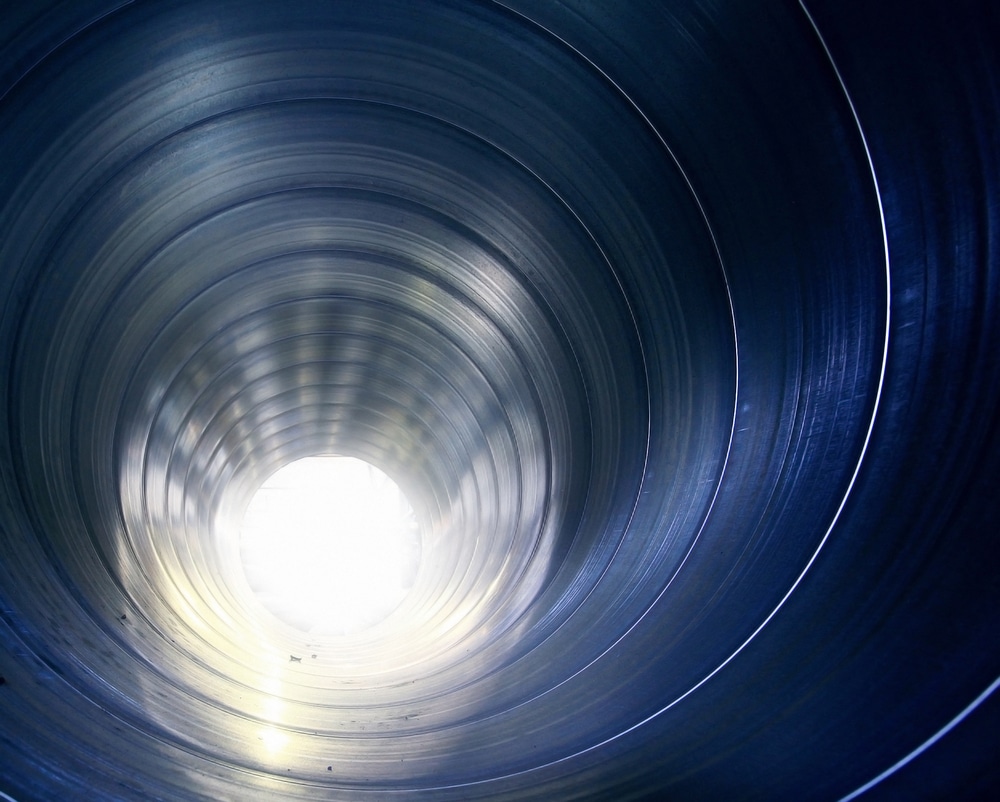
Ducting is used to facilitate the process of ventilation, ducting systems may vary, but generally are made from plastic or metal & made into piping which intakes air from the room it is in & expels it outside.
The main purpose of ventilation is to introduce outdoor air into a dwelling, building or room being evenly distributed. Its general purpose is to allow “healthy” air for breathing & diluting pollutants that may be present in the dwelling, building or area.
As a result of this fresh air, it prevents mould from growing as it disrupts the environment it needs. There are many devices and systems in recent times that can help to facilitate this function on an industrial level all the way to a local level like in your home.
Some ventilation purely extracts the air of the room it is in, whilst others extract the inside air and then recycle and return it.
How do I know if my home isn’t ventilated?
Improper ventilation of the home usually leaves signs you can notice, which include:
- There is almost always condensation on the windows or walls
- Odours linger in the house for extended periods of time, especially in the kitchen or bathroom
- High humidity, leading to wood rot or mould
- You can’t see it working (in the case of a cooker hood, for example, you can’t see smoke or steam travel directly up it)
Ducting is used in order to create an isolated airflow for extracted air to travel through. These systems aid in creating a home with fresh air and help to regulate the temperature in order to prevent the cultivation of mould and dampness.
No Ducting means more mould
Mould reproduces from tiny spores. The spores float through the air and deposit on the surfaces. Under adequate temperature, moisture, and nutrient conditions, the spores can form new mould colonies.
Condensation is not the only cause of mould, it can occur from leaks in the structure of a building too.
Mould can severely affect your immune and respiratory system, as the spores are easily breathable and not obvious to see through the human eye.
If you have found mould in your home, you need to assess if this is your landlord’s responsibility (for example it could be from a leaking roof that needs repairing). Or if the damp is caused by improper ventilation. To assess your options, click here.
What are the different types of ducting pipe?
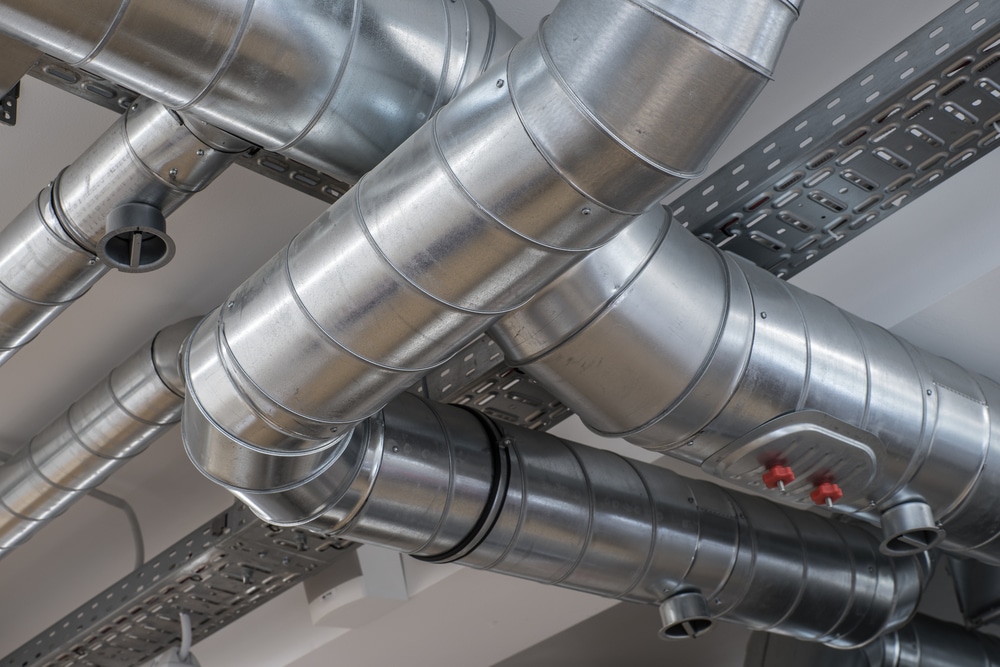
Round Pipe:
Round ducting has the highest airflow performance, this is due to a wider diameter increasing its free area. The lack of corners also decreases resistance within the pipe, which allows for higher airflow rates and higher rates of ventilation.
It is recommended for most applications where space is available for installation. Its main purposes are for long ducting runs, whole-house ventilation systems, HVAC systems, bathroom, toilet and utility room extract fan venting, or any occasion where high rates of extraction are required.
Round PVC ducting pipe can be used for venting exhaust odours and steam from cooker hoods, although flexible ducting may be easier to install in many instances.
Sizes are available from 100mm, 300mm, 500mm and 600mm diameters, with sizes between these dimensions also available. Both round and flat ducting have smooth inner surfaces to reduce air resistance and noise.
Pros & Cons of Round Ducting
Pros: | Cons: |
|
|
|
|
|
|
| |
| |
|
Flat Channel Duct:
Flat channel ducting is ideal when a low profile is required due to lack of space. It can also be concealed and flush fit against ceilings and walls or within voids.
Please bear in mind that as a result of a lower free area, there is greater pressure created within a duct run. It is therefore essential that you check the manufacturer information for the fan you are planning to install within the run.
If the fan is extracting at a rate that is greater than the duct run can cope with, there is potential for the fan to overheat and burn out. This is both costly and unnecessary.
Flat channel plastic ducting is generally used for installations requiring low extraction rates such as bathrooms, toilets, and utility rooms. Sizes available from 110x54mm to 310x29mm.
Pros & Cons of Flat Channel Ducting
Pros | Cons |
|
|
|
|
|
|
|
|
Be mindful of where you place your ducting in order to understand what kind of ducting you need, and where its access doors will be, which are vital in order to maintain the effectiveness of your ventilation by cleaning the ducting buildup at regular intervals.
See our handy plastic ducting guide for additional information
What is a ducting pipe?
A ducting pipe is an interconnected hollow tube dedicated to the movement of air, ducting pipes can come in different sizes and as previously mentioned, in different shapes, each of which has its own benefit.
Ducting pipes can be as long or as short as required in accordance with the space it is occupying. Additionally, ducting can be created from different materials, as we will highlight below.
What is a ducting pipe made from?
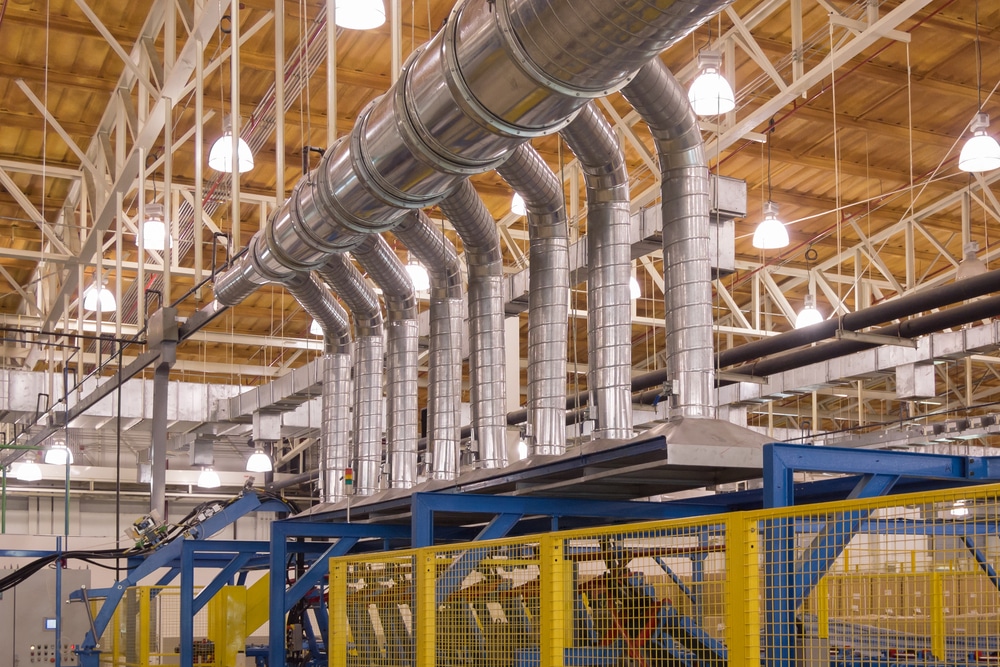
Plastic ducting
Plastic ducting is usually made from PVC. Plastic ducting is typically used as ventilation within domestic properties, principally within student flats and modernisations. It is preferred because of its lightness, its airtight properties & durability. It is usually used in rooms such as bathrooms and kitchens, and HVAC systems.
Our lightweight PVC-coated ductwork is manufactured from high-quality uPVC and is designed to create minimal air resistance, maximum airflow and minimal pressure loss.
We provide plastic ducting lengths, connectors, bends, brackets, and accessories such as reducers, attenuators and other fittings.
Plastic ducting has a number of advantages including:
- It is lightweight
- It’s easy to install
- It’s smooth on the inside, making for efficient installations
- It is easy to cut
- It doesn’t corrode
- It can be insulated
Metal ducting
Metal ducting is ideal for ventilation systems set up in hotter environments, an example being a cooker hood. Metal ducting is also a popular choice for spaces and environments with air rich in certain compounds that could be hazardous or damaging to standard choices.
HVAC experts and engineers typically choose to rely on stainless steel for aggressive environments, where corrosion is highly likely.
We provide round ductwork fittings and accessories in a large range of diameters to suit all purposes including HVAC systems and extractor fans. Our metal ductwork is manufactured from high-quality galvanised Aluminium.
The benefits of metal ducting are as follows:
- It can be used in rooms that have appliances that emit a lot of heat
- High-quality galvanised aluminium ensures long-lasting function
- Ideal for industrial environments
- Can be insulated.
What is the difference between piping and ducting?
The function of a pipe and ducting are essentially the same, however, the main difference is what is being transported through the respective systems.
Pipes in your home for example, generally transport liquids such as water and usually have a smaller circumference than ducting, as this helps to maintain the water pressure that we would need to shower or wash our hands.
A ducting ‘pipe’ (otherwise known as ducting) tends to be noticeably larger, this is because the vent that provides extraction can intake more indoor air than it could if ducting was the same size as a regular pipe. The result is your home has another layer of protection from condensation, humidity and ultimately, mould.
I-Sells – here to help
We at I-Sells endeavour to make sure our customers have all the information they need before choosing to invest in our mould solutions. Be sure to visit our blog page to gain knowledge on the wide array of factors and issues surrounding ventilation, mould, condensation, and much more.
We hope to have answered the question ‘What is the ducting system?’
We understand you may have more questions, Please do not hesitate to contact us for more information with regard to whatever you may need our help with. If you’d like to send us an email, click here. For other contact options, see below:
Call us on 020 8463 9696
Visit us at our showroom:
*OPENING TIMES*
Monday – Friday: 8:00 am to 5:30 pm
Saturday: 9:00 am to 12:00 pm
Sunday: Closed
15 St John’s Parade
Sidcup, Kent
DA14 6ES
United Kingdom

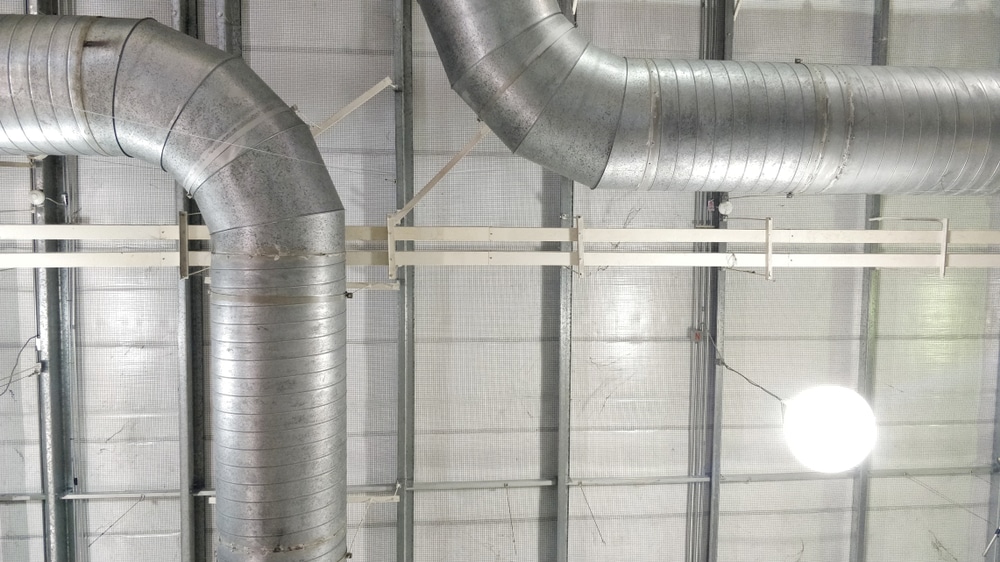
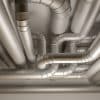

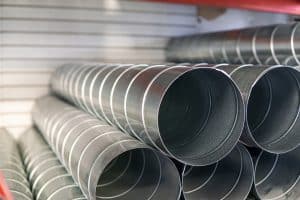
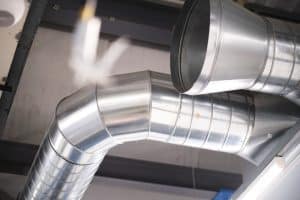























Add comment
You must be logged in to post a comment.